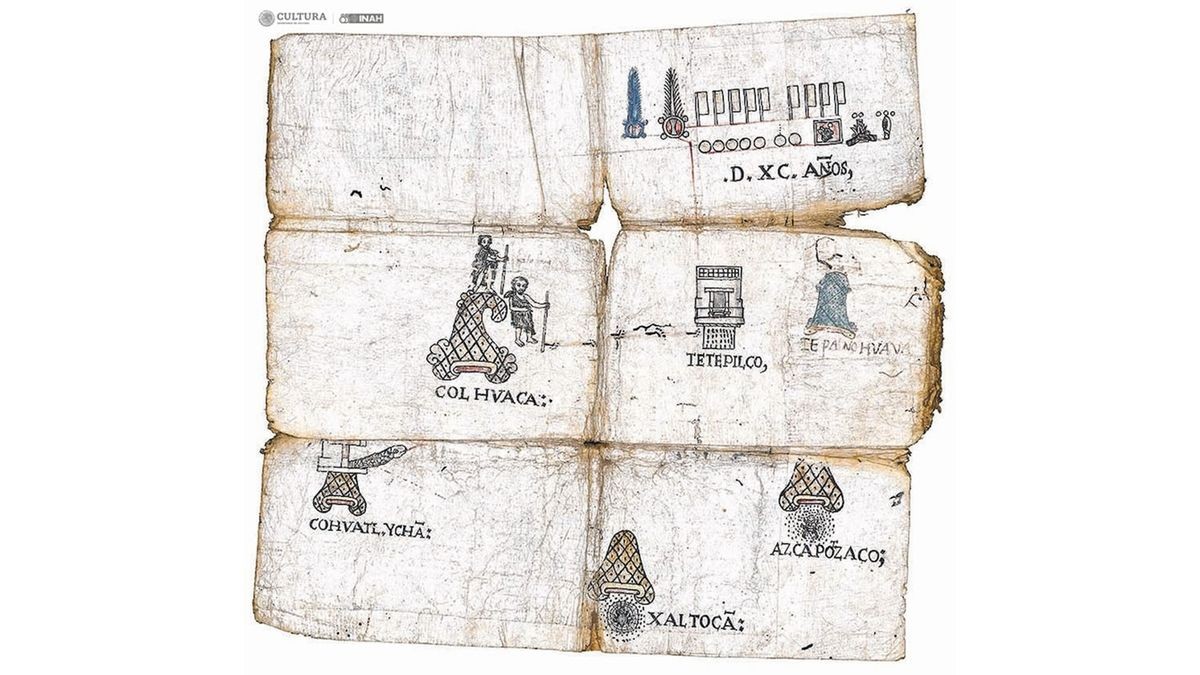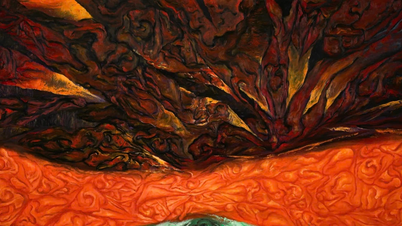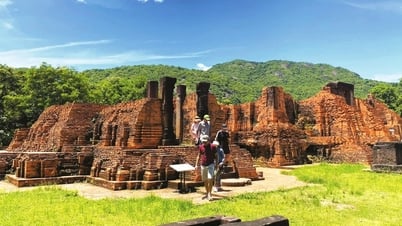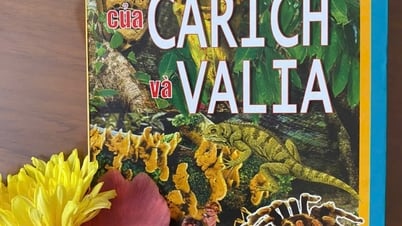The Mexican government has acquired three ancient illustrated manuscripts from a family that has kept Aztec documents for generations, the Spanish newspaper El País reported.
 |
| Some pages from an ancient book about the history of the Aztecs. (Source: INAH) |
The Aztecs were a group of peoples who lived in central Mexico. They dominated much of Central America from the 14th to the 16th centuries, forming one of the world's greatest civilizations.
Three ancient books dating from the 16th and 17th centuries describe the history of the Aztecs and the area that is now Mexico City.
According to Mexico's National Institute of Anthropology and History (INAH), these ancient manuscripts contain a wealth of knowledge about the Aztecs, including the founding of the capital, the Spanish conquests, and how the Aztec capital fell into Spanish hands.
The Aztecs ruled a large area of Mexico during the 15th and 16th centuries. Their capital was Tenochtitlán, now Mexico City. Between 1519 and 1521, a Spanish army conquered the Aztecs and established rule over the area.
The books recount the founding of Tenochtitlán around 1300 and the lords who ruled it before the Spanish arrived in the Americas; the Aztec conquest of the neighboring city of Tetepilco around 1440 and how the city's rulers were forced to swear vassalage to the Aztecs; the arrival of the Spanish in 1519...
The ancient books are known to be owned by a family that requested to remain anonymous, currently living in Mexico City. When examining the books, scientists discovered that the books were written on paper made from tree bark, and the ink was made from plants, charcoal and indigo, creating red, yellow, black and blue colors.
After confirming the value of the books, the Mexican government negotiated with the family and purchased the three books for about $570,000.
According to INAH, the three books are currently stored at the National Library of Anthropology and History of Mexico (BNAH), and scientists plan to study them further to learn more about Mexican history.
(according to Live Science)
Source




![[Photo] General Secretary To Lam and international leaders attend the parade celebrating the 80th anniversary of the victory over fascism in Russia](https://vphoto.vietnam.vn/thumb/1200x675/vietnam/resource/IMAGE/2025/5/9/4ec77ed7629a45c79d6e8aa952f20dd3)
![[Photo] Russian military power on display at parade celebrating 80 years of victory over fascism](https://vphoto.vietnam.vn/thumb/1200x675/vietnam/resource/IMAGE/2025/5/9/ce054c3a71b74b1da3be310973aebcfd)
![[Photo] Magical moment of double five-colored clouds on Ba Den mountain on the day of the Buddha's relic procession](https://vphoto.vietnam.vn/thumb/1200x675/vietnam/resource/IMAGE/2025/5/9/7a710556965c413397f9e38ac9708d2f)
![[Photo] Prime Minister Pham Minh Chinh chairs a special Government meeting on the arrangement of administrative units at all levels.](https://vphoto.vietnam.vn/thumb/1200x675/vietnam/resource/IMAGE/2025/5/9/6a22e6a997424870abfb39817bb9bb6c)

























































































Comment (0)